
M L Varadpande

Showing all 14 books
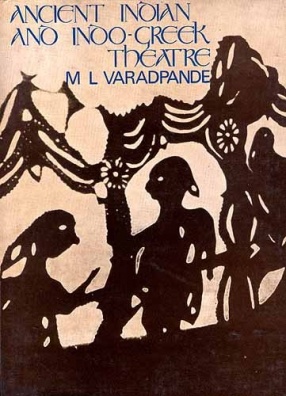
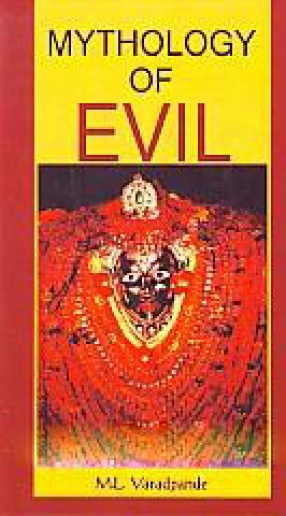
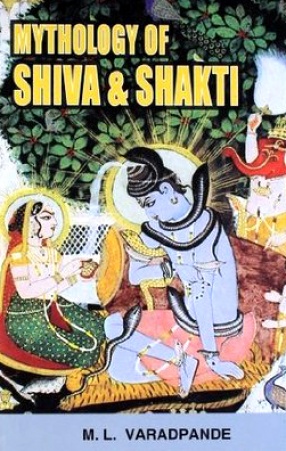
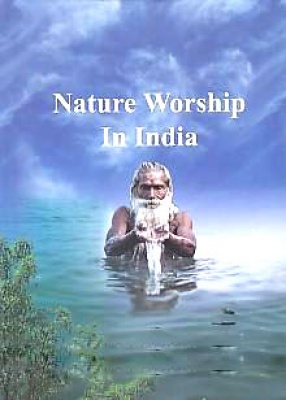
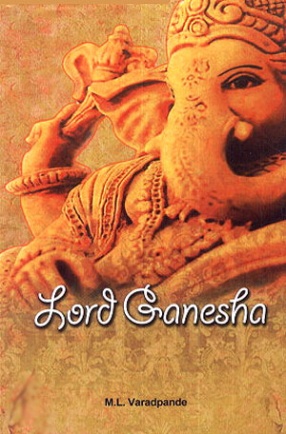
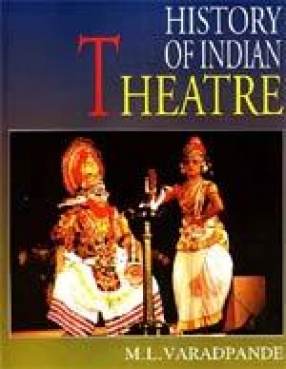
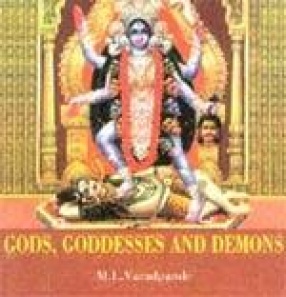
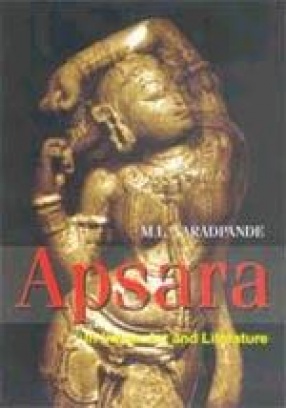
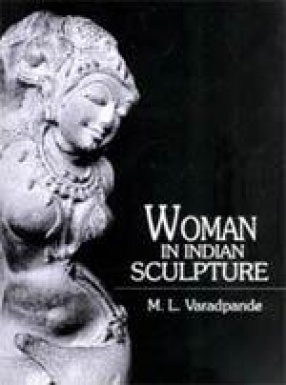
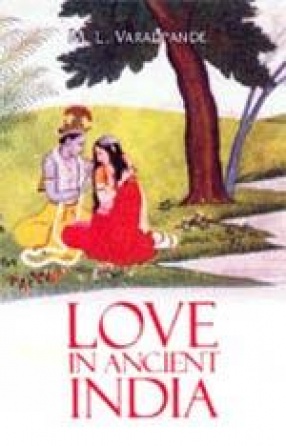
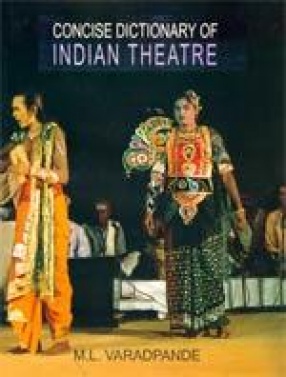
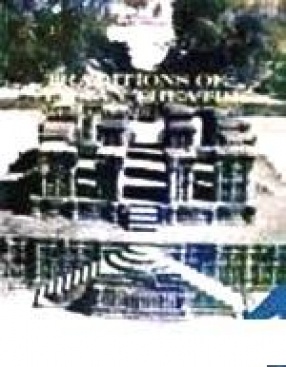



In the year 326 B.C. a play 'Agen' was staged in the military camp of Alexander the Great on the bank of river Jhelum in Upper Punjab. A fragment of a vase, with the painting depicting a scene from the play 'Antigone'.
An amphitheatre which betrays Greco-Roman influence was excavated at Nagarjunakonda in Andhra Pradesh.
A papyrus manuscript of a farce written in Greek and Kannada languages was found in Egypt in the year 1899 by the team of archaeologists deployed ...


M. L. Varadpande here discusses the Hindu mythology woven around Shiva and Shakti, discussing how they together and independently manifest themselves in different forms. He explains the cosmic nature of the mythological figures, delving into the meaning of their mythologies: the mythological episodes, symbols and their meanings. He deals with the origin of Shiva in Rudra of the Vedas, the linga as symbol of Shiva and Shakti, the Sati/Parvati persona, the concept ...


Not very long ago a stunning miracle happened. Breaking the law of nature the Ganesha images all over the country drank milk offered by the devotees. It happened for about a week as an evidence of divine powers of the Lord active in the age of Kali.
Tradition says take Ganesha home for bringing in good luck, success, wealth and removal of obstacles. Considered as god of wisdom, letters and arts he is worshipped at the beginning of any work to be undertaken.
The ...

Here is a ingeniously written story of Indian classical Sanskrit theatre covering the span of several centuries. The volume contains refreshing, intellectually stimulating essays on Bhasa, Ashvaghosha, Kalidasa, Shudraka, Vishakhadatta, Sriharsha, Bhavabhuti, Krishnamisra Yati and Jayadeva. Product of world’s one of the most ancient and vibrant civilization dramatic literature in Sanskrit reflects the exuberance of human emotions. Adjacent to mainstream theatre ...

The book is in-depth study of Gods, Goddesses and Demons of Indian Pantheon. it gives insight into religion, mythology and culture of India since the days of Indus Civilization. Drawing from various sources such as archaeological finds, iconography, Vedic, Upanishadic, Puranic and epic literature it provides a rich research material critically apprised by a renowned scholar.

This monograph presents scholarly exposition of the Apsara myth and its evolution through centuries. Mentioned for the first time in the Rig Veda Apsara find mention in Indian scriptures, epics, Puranas, dramas, poetry and numerous literary works. As a creation of ancient water cosmology she is described as a exceedingly beautiful and charming person adept in dancing, singing as well as art of seduction and amorous sports. The monograph speaks of her profound ...

This monograph, first of its kind, surveys the female sculptures created by Indian artists through centuries, from an ancient era of Indus Valley Civilization to medieval times. Archaeological data is interpreted in the light of literary and cultural traditions of India. ‘This work is not only a book about art, it is also an important document that has captured the significance of woman in traditional Indian society and richness of her life. Thus in addition to ...

This book chronicles the story of love which is considered an Indian creation. The first love story of the world was found in the Rig Veda and the first comprehensive work on love was written in India with Kamasutra becoming one of its offshoots. Love techniques were perfected over centuries and sculpted on the walls of temples of Khajuraho and Konark. Since ancient times, rishis in India have believed that it was love which came first and then followed the ...

Concise but comprehensive reference work on Indian drama. Essentially it relates to classical theatre since its inception in the fourth century B.C. to the 16th-17th century A.D. New dramatic forms started evolving in regional languages since 15th-16th century. The dictionary contains references to major folk and traditional drama forms such as Ankia Nat, Yakshagana, Ramanattam, Krishnattam, Nautanki, Tamasha, Bhavai, Maanch, Raslila and ...

Indian theatre is at least as old as the Indus valley civilization which, in the light of its extended reach disclosed by archaeological explorations in recent years, is emerging as a Ganga valley civilization as well. The coming together of many peoples, the interaction of many cultural traditions, and the evolution of regional specificities in cultural expression, have given India a rich and varied legacy comparable, not to that of any one country of Europe, ...

Not very long ago a stunning miracle happened. Breaking the law of nature the Ganesha images all over the country drank milk offered by the devotees. It happened for about a week as an evidence of divine powers of the Lord active in the age of Kali. Tradition says take Ganesha home for bringing in good luck, success, wealth and removal of obstacles, considered as God of wisdom, letters and arts he is worshipped at the beginning of any work to be undertaken. The ...
